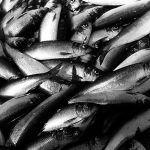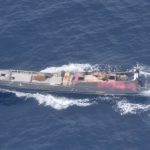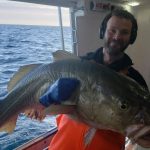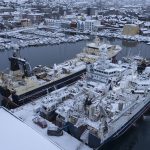These Sakhalin centers have 11 commercial pink salmon fisheries in the Russian Federation. These fisheries are called units of certification and have entered into independent, third-party assessment against the Marine Stewardship Council principles and criteria for sustainable fishing. If successful, products would be eligible to bear the distinctive blue MSC ecolabel.
According to the information the fisheries entering full assessment are: Northeast Sakhalin stock of pink salmon; Northeast Sakhalin stock of pink salmon; Plavnik and Sadko, in the Smirnikhovksii district; and Aniva Bay stock of pink salmon. The fisheries all use set nets and trap nets and they are managed under the Russian federal and state salmon management systems.
MSC assessment will analyse the impact of new reporting procedures recently implemented to improve monitoring of retained, bycatch and Endangered, Threatened or Protected (ETP) species. Another indicator that will be examined concerns the changeover in the salmon management system from a TAC with specific allocations to one called an Olympic system where there is a total recommended catch, but not allocated by company.
The location of these fisheries is off East Sakhalin Island in the Russian Far East, in FAO statistical area 61. The fishing season is July and August. The main commercial market for Sakhalin salmon current is in Russia, and a portion of the catch also goes to the U.S. and European markets, where there is increasing interest in product.
Vladimir Smirnov, head of Plavnik Co., said that entering full assessment is an affirmation of our concerted efforts to conserve and sustainably manage Russia’s wild salmon resources. Howard Johnson, Global Programs Director of the Sustainable Fisheries Partnership, added that MSC is the key to unlocking global markets for Sakhalin’s salmon fisheries.








